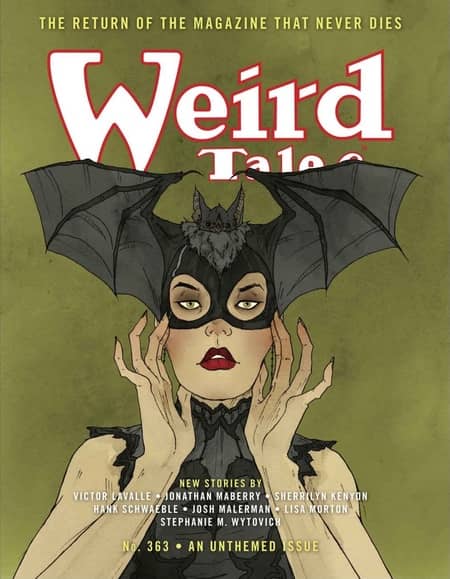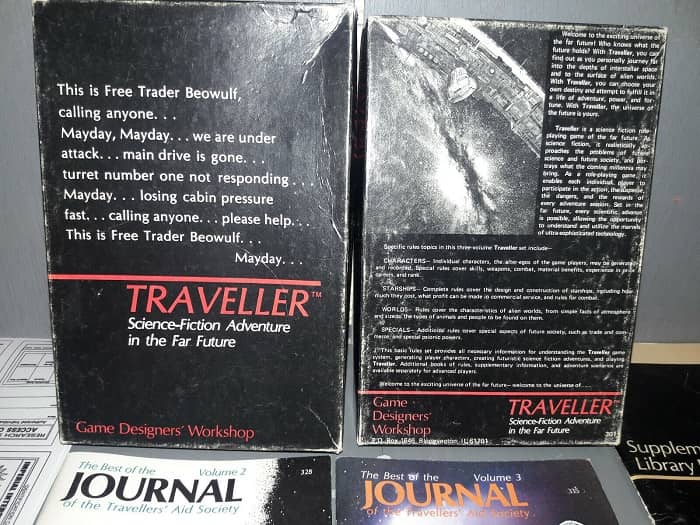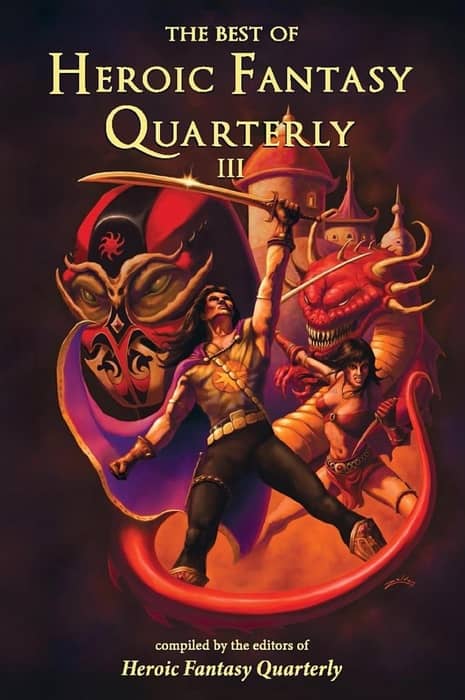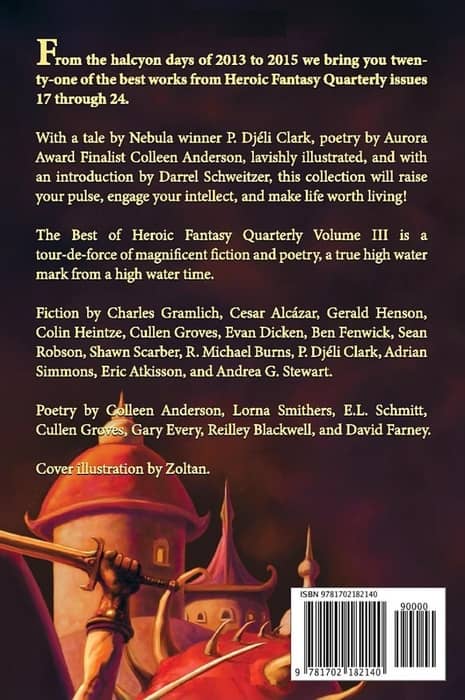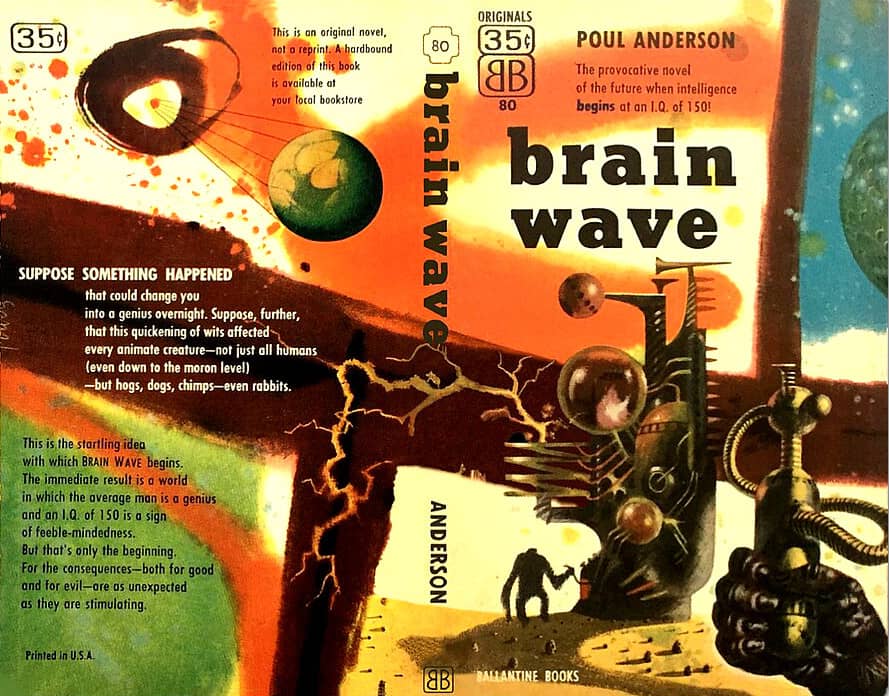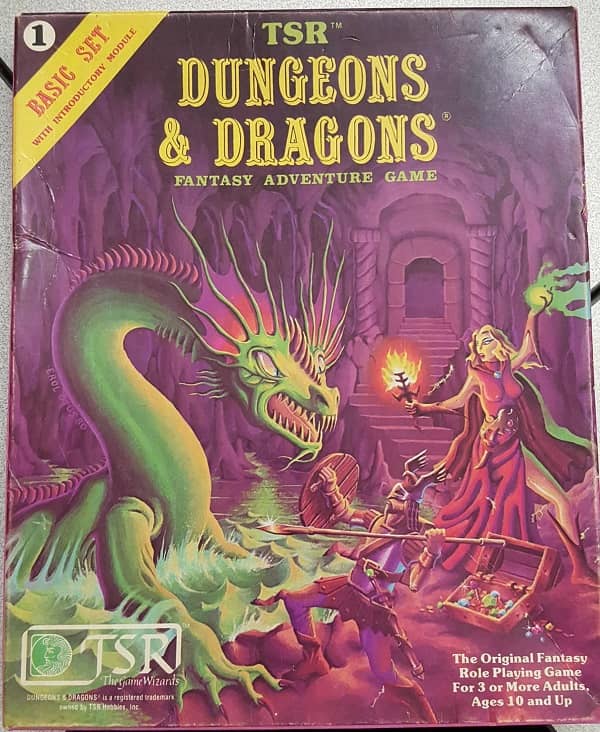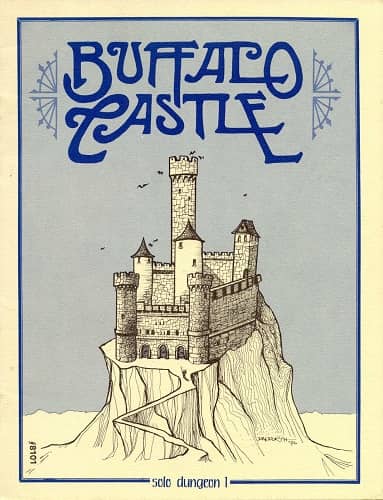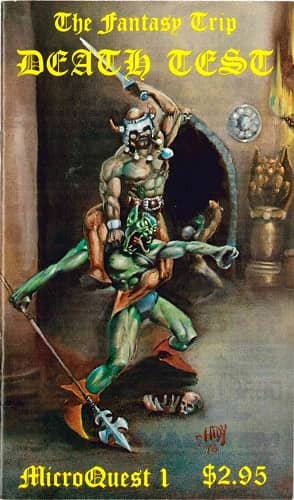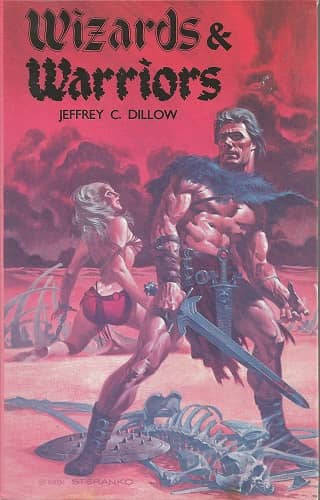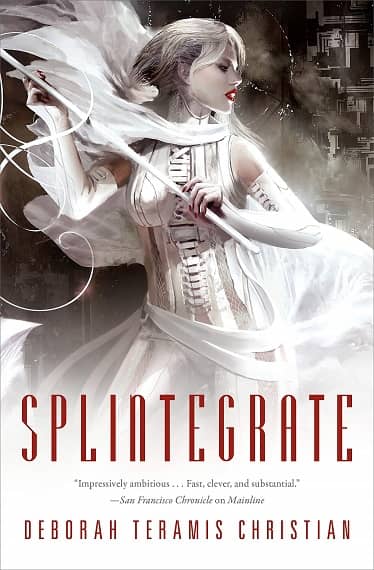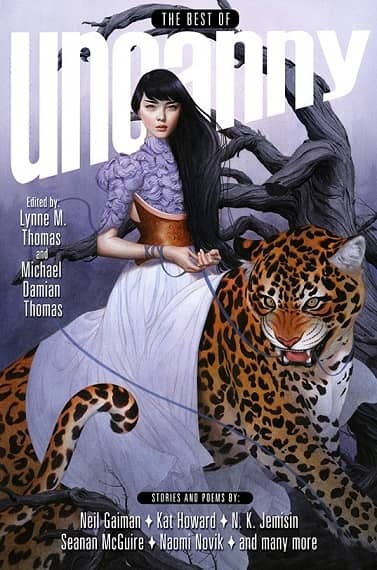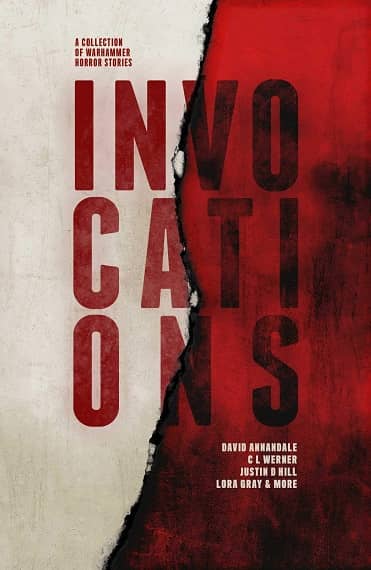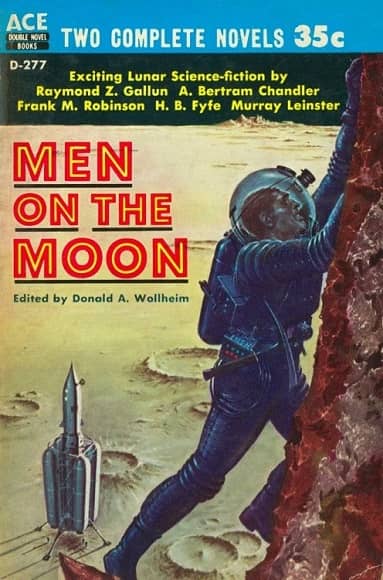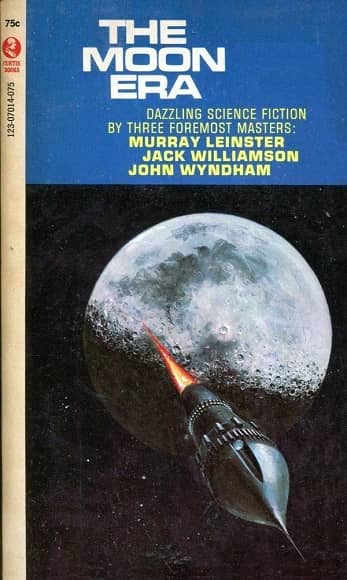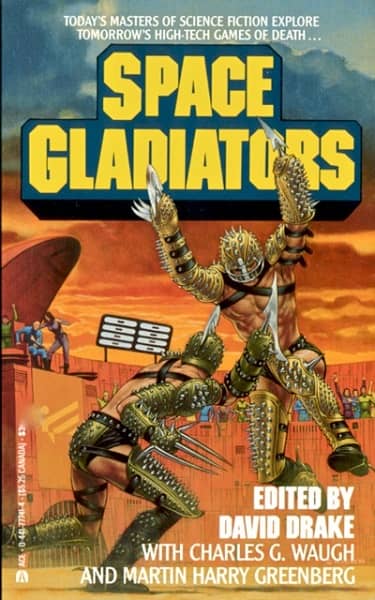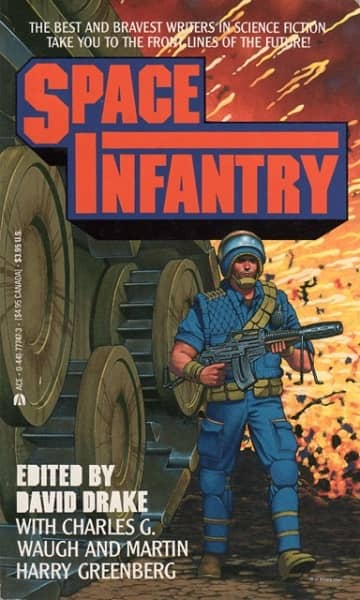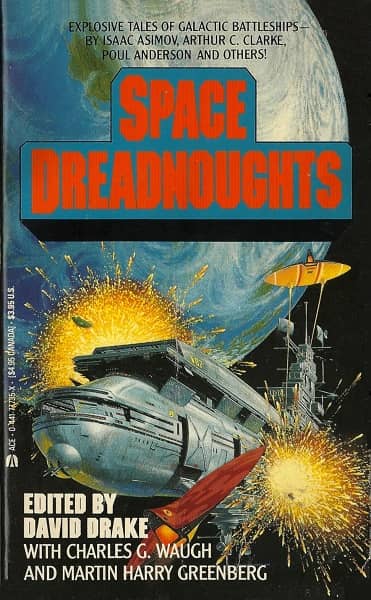The Ash-Tree Anthologies, edited by Barbara Roden and Christopher Roden
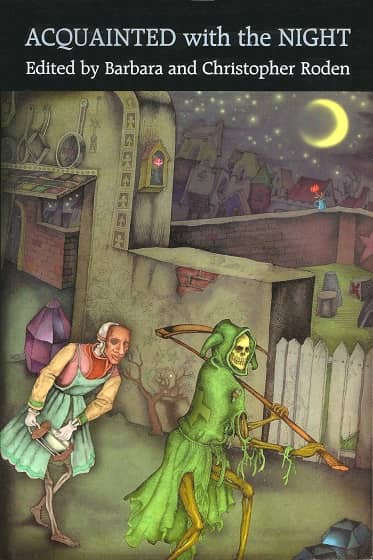 |
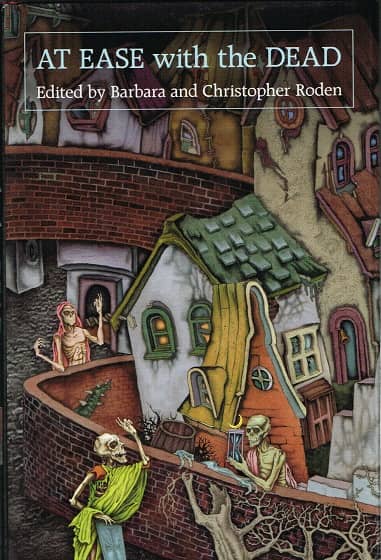 |
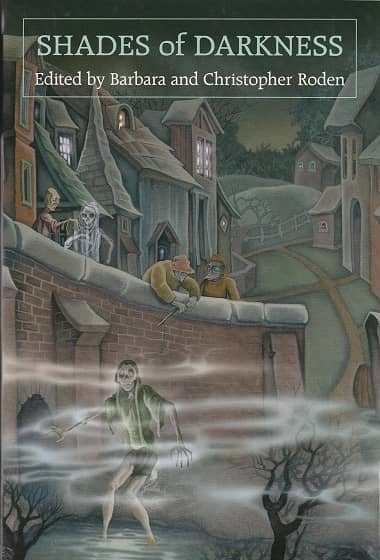 |
Covers by Jason Van Hollander
Ash-Tree Press was a highly respected small press publisher of ghostly fiction. It was founded in Ashcroft, British Columbia, in 1994 by Christopher and Barbara Roden, and over the next 20 years produced 160+ collections, anthologies and novels of supernatural fiction, mostly reprints. They published volumes by M. R. James, H. R. Wakefield, A. M. Burrage, David G. Rowlands, Richard Marsh, Robert W. Chambers, E. F. Benson, Margery Lawrence, Marjorie Bowen, Alice Askew and Claude Askew, Jonathan Aycliffe, Frederick Cowles, and many, many others. Their handsome books, produced in very small print runs (anywhere from 5-500 copies, but typically 200-300), were usually outside my price range, but I certainly coveted them. The last one appeared in 2013.
In addition to premium reprints aimed at the collectors market, the Rodens had a keen interest in modern ghost fiction, and they published a lot of it. They took over the reins of All Hallows, the Journal Of The Ghost Story Society, with issue #6 in June 1994, and turned it into a thick regular anthology (the last issue, #43, was a whopping 304 pages) published every four months. And they produced five original anthologies between 1997 – 2008, including three nicely affordable paperback editions: Acquainted with the Night, At Ease with the Dead, and Shades of Darkness. All three had delightful covers by Jason Van Hollander.
Van Hollander’s intricate cover paintings are both modern and traditional in the best sense. They’re strangely detailed portraits of overcrowded medieval towns, with houses that huddle together in fear (or maybe just to gossip). The townsfolk remind me of Tim Burton’s The Nightmare Before Christmas — garrulous small town characters with colorful personalities, hurrying through the streets on mundane tasks, and who for the most part are dead. Ghosts drift through eaves, long tendrils of mist coil out of the river, brightly adorned skeletons wave to neighbours, and inhuman watchmen shuffle through the night streets, clutching lanterns.
